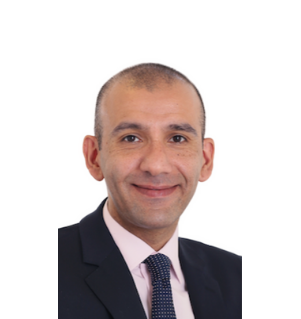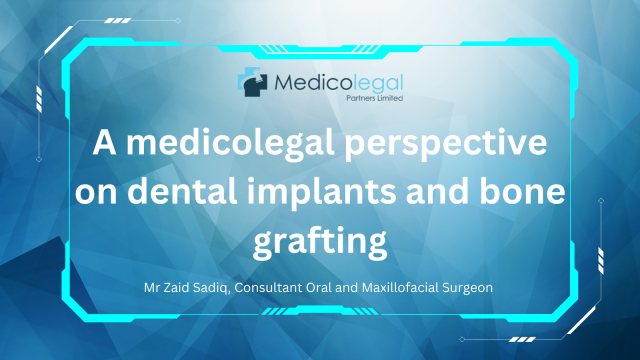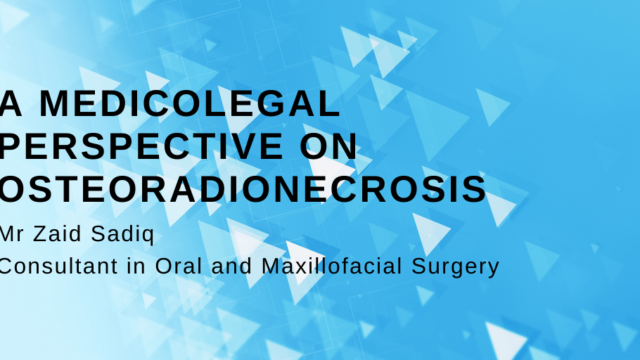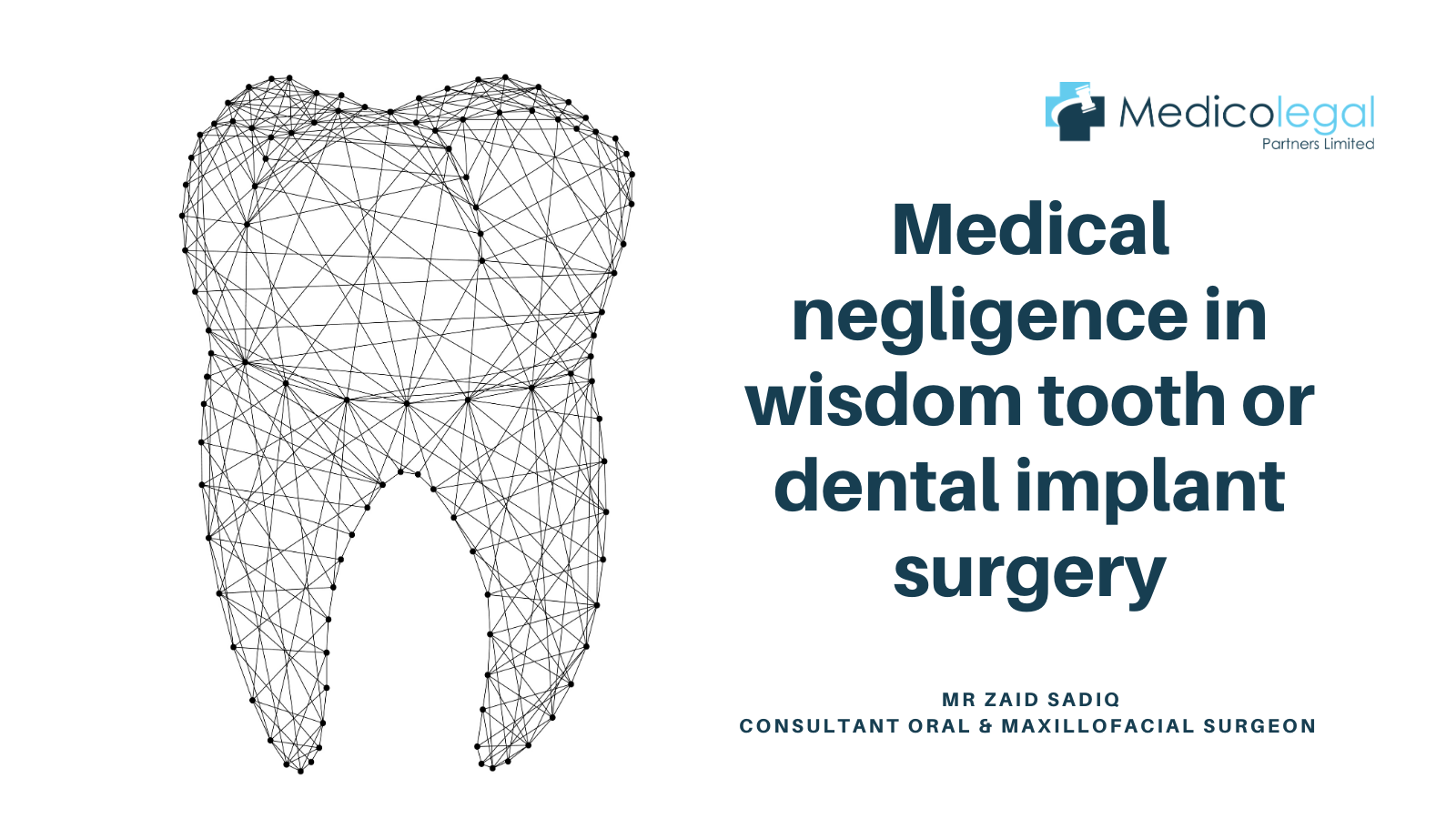A Medicolegal Perspective on the Surgical Management of Temporomandibular Joint Disorders
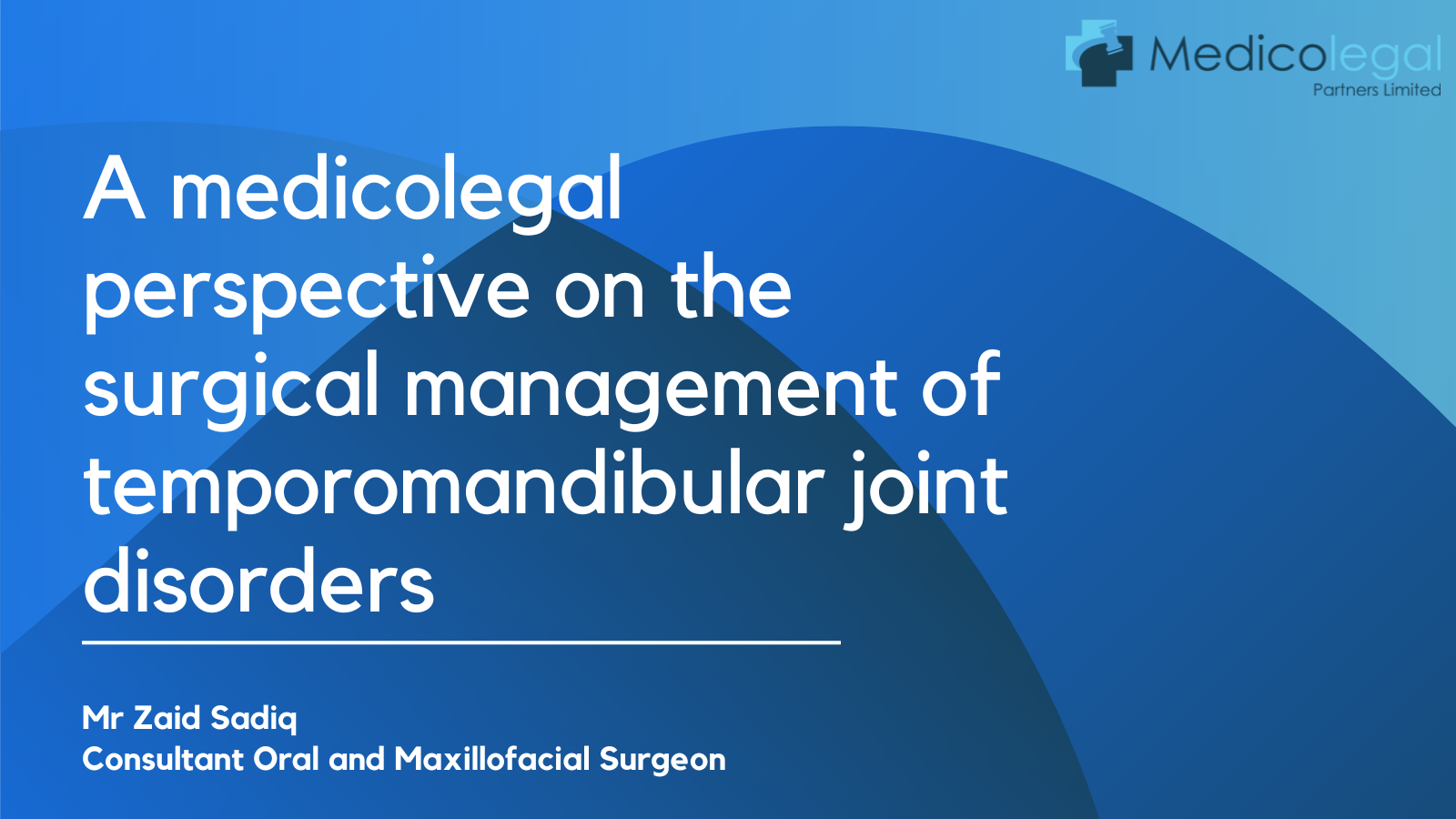
The temporomandibular joint (TMJ) is one of the most complex in the human body and has a unique range of movement. This is made possible by the articular disc, which lies between the two main bones of the joint. In order for the joint to function properly, the disc needs to remain in the correct location and shape. In contrast to most synovial joints, the TMJ is lined with fibrocartilage, rather than hyaline cartilage. This has the advantages of being better able to withstand the effects of aging and has a better ability to repair itself. Thus, serious problems in the TMJ are relatively rare, but like any other joint, disease processes can occur. Symptoms of temporomandibular disorders (TMDs) include pain in the muscles used for chewing, a limited range of movement of the jaw and clicking or grating sounds in the TMJ. More general symptoms include headaches, earache and facial pain.
Many TMDs are self-limiting and resolve fully in time. In particular, joint sounds are often pain free and non-progressive. If treatment is required, conservative options, such as medication, physical therapy and orthopaedic devices should be the first-line therapies. However, a small proportion of patients may require surgery, which may be used to repair damaged tissue, including with the placement of grafts, and remove tissue than cannot be restored. For a successful surgical outcome, correct patient selection is vital. Suitability for surgery should be assessed by symptom presentation and the clinical features shown by techniques such as magnetic resonance imaging.
Rare conditions, such as TMJ ankylosis or synovial chondromatosis, can often only be treated surgically. However, for commoner conditions, such as injuries due to trauma, derangement of the articular disc and osteoarthritis, the benefit of surgical intervention is less obvious and non-surgical treatments are often equally effective. Therefore, surgery should generally only be considered in patients with these conditions where the TMD has proved refractory to less invasive modalities. However, it is still important to differentiate between cases that would genuinely benefit from a surgical approach and ‘failed’ TMDs, where chronic pain management would be more appropriate. Surgery is more likely to be successful if the symptoms are specifically related to the TMJ and can be elicited by palpation, loading and movement of the joint.
TMJ surgery is one of the most difficult procedures used in the maxillofacial region. Access to the area is problematic, due to the proximity of the facial nerve and the presence of other important anatomical structures, such as the terminal branches of the carotid artery, the middle cranial fossa and the middle ear. Generally, the risk of complications increases with the complexity of the procedure, and unwanted surgical outcomes include nerve damage resulting in facial palsy, scarring, deafness, malocclusion and severe spasms of the masticatory muscles, leading to restricted movement of the jaw. However, adverse events are rare, occurring in less than 5% of procedures, and most are temporary.
Some procedures are also associated with specific complications. For example, attempts to repair damaged articular discs are rarely successful, due to the lack of direct blood supply to the disc and the forces the disc is subjected to during normal function, both of which hinder healing. Furthermore, repositioned discs often revert to their original position. Although discectomy may be successful, it often results in remodelling of the condyle, which presents as osteoarthritis. Attempts at preventing this with grafts have yet to identify the ideal graft material, and the problem of how to anchor it to the surrounding tissues in a way that allows normal joint function remains.
In cases where a tumour is present, or severe trauma has been sustained, the TMJ may be so badly damaged that the entire joint must be removed. As this leaves the patient with both facial asymmetry and malocclusion, the joint must be reconstructed. Generally, an autogenous graft, taken from the patient, is used. In younger patients, the usual harvesting site is one of the ribs. However, as the ribs become more brittle with age, this site is not suitable in older patients, as it may increase the risk of graft fracture. Instead, an alloplastic prothesis is more appropriate. Usually, this consists of a metal condyle articulating against a polymer fossa, but use of the prosthetic fossa alone can also be successful. Conversely, the metal condyle should never be used against a natural bony fossa, as erosion of the skull base will result.
Many of the symptoms associated with TMDs are minor and it can be difficult to predict which will progress to more serious conditions and which will quickly resolve. Therefore, surgery should generally not be considered as an early intervention. However, for some TMDs, surgery is the only treatment option likely to give a successful outcome. Despite this, many doctors and dentists still consider TMJ surgery to be an option of last resort and patients can be denied appropriate care. A multidisciplinary approach may allow for a more balanced appraisal of the patient and their suitability for TMJ surgery. This should lead to a better outcome for the patient and a lower risk of subsequent litigation.
Further reading:
Chang, C. L., Wang, D. H., Yang, M. C., Hsu, W. E., & Hsu, M. L. (2018). Functional disorders of the temporomandibular joints: Internal derangement of the temporomandibular joint. The Kaohsiung Journal of Medical Sciences, 34(4), 223–230. https://doi.org/10.1016/j.kjms.2018.01.004
Dimitroulis G. (2011). Temporomandibular joint surgery: what does it mean to the dental practitioner? Australian Dental Journal, 56(3), 257–264. https://doi.org/10.1111/j.1834-7819.2011.01351.x

